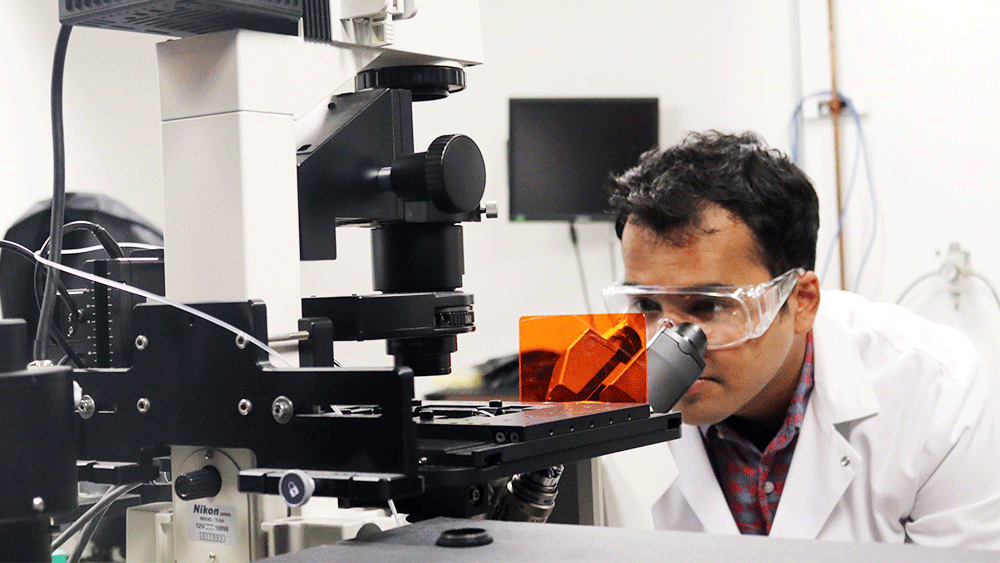
Dr. Pushkar Lele and a team of researchers from Texas A&M University conducted a study to see how indole — an organic compound and a significant component of the bacterial exometabolome — impacts the energy levels and protein function in bacteria. Indole can promote antibiotic resistance, so understanding the metabolite’s diverse effects on bacterial physiology is critical.
This study was recently published in PNAS Nexus.
Microorganisms release metabolites, substances capable of breaking down food, chemicals or other products. These metabolites, as a collective, make up what is referred to as the exometabolome. Indole is abundant in the exometabolome and is understood to have significant effects on the functions of bacteria. However, the mechanisms remain poorly understood.
In this work, the researchers attempted to understand the fundamental principles of indole’s action on Escherichia coli (E. coli). To do this, Rachit Gupta, a doctoral student in Lele’s group, led a set of experiments to probe the energy levels in bacterial cells in the presence of indole. Bacterial cells require energy to perform major functions, such as cell division or motility, which the abundance of indole can alter. However, measuring energy in single cells is difficult, as bacteria are incredibly small.
“We combined several different techniques, such as fluorescent dyes that make a cell appear brighter or dimmer dependent on the magnitude of its electric potential, which is a major source of its energy,” said Lele, associate professor in the Artie McFerrin Department of Chemical Engineering. “In particular, we focused on cell motility and molecular motor activity, which indirectly track the energy levels.”
In this work, the researchers attempted to understand the fundamental principles of how indole influences such a wide variety of applications — from the function of the chemotaxis (movement due to a chemical response) to protein synthesis.
The team’s single-motor measurements revealed that indole impacted energetics only at high concentrations by dissipating E. coli’s electrochemical proton gradient. Gupta then performed computational simulations of protein interactions based on statistical mechanics models and compared predictions with experiments. Comparisons suggested that indole at low concentrations interferes with protein-protein interactions to increase the noise in enzymatic activity and alter function.
“At low concentrations, indole affects inter- and intra-protein interactions, and at high concentrations, it dissipates the membrane potential, which potentially explains indole’s wide-reaching effects on cell behavior,” said Lele.
These studies could provide insights into how pathogens invade our bodies. For example, indole appears to have differential effects on pathogens and beneficial bacteria in the gut, which might help pathogens subvert defenses posed by good bacteria in the stomach under certain conditions. On the other hand, indole appears to promote colonization by beneficial bacteria, as per the group’s earlier work. Much work remains to be done to delineate indole’s precise effects on bacterial physiology.
Bacteria that lack sufficient energy to perform key functions targeted by antibiotics often survive in those lethal conditions. Thus, the dissipation of energy by indole could underlie the failure of antibiotic treatment in the presence of the metabolite. As metabolite production is linked to dietary intake, such discoveries could guide personalized treatments based on diet.
“The next thing we want to do is to determine why indole acts differently on pathogens and beneficial bacteria, because then we can develop predictive models of the vulnerabilities of bacterial communities in the host,” said Lele. “Besides, understanding the role of energy disruptors in modulating the structure of nascent microbial communities will be helpful in engineering communities with desirable properties.”
This study was funded by the National Institute of General Medical Sciences.